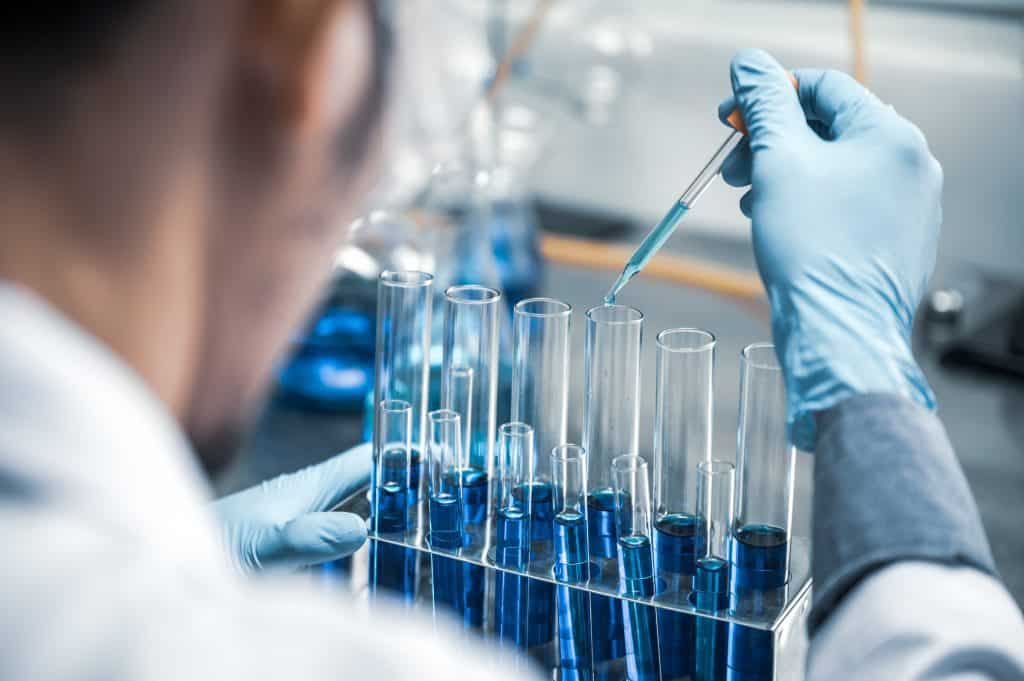
Vaccines have had a notable influence on the restraint and management of communicable diseases. Furthermore, the development of this medication against chronic diseases seems to have sparked substantial interest in limiting, rather than treating, conditions.
Over the years, scientists distributed vaccines to prevent measles, rubella, tetanus, mumps, seasonal influenza virus, cervical cancer, polio, Hepatitis B, diphtheria, and others. Doctors were also able to consider factors that contribute to vaccine efficiency and how these parameters may be modulated by design. They look at both clinically tested vaccines and emerging approaches, including the current difficulties and potential solutions. Vaccine research seems to be conducted to address a variety of health issues.
Despite the fact that vaccines hold a significant commitment to preventing human disease, obstacles hinder the clinical use of vaccines. Such as the difficulties in producing vaccines, distributing them, and convincing people to take them.
Aside from that, some people suffer from vaccine nerve damage, wherein people experience pain after receiving the preventative treatment. Hence, scientists seem to remain optimistic for the potential to achieve a more consistent and effective public response to foster trust and confidence in the distribution of vaccines.
What’s A DNA Vaccine?
Decades ago, researchers had developed a radically new approach to vaccination. This vaccine makes use of a gene from a virus or bacteria to spur the patient’s immune system. Researchers discovered the cost-efficient creation, extended shelf life, and biocompatibility of plasmid DNA. As a result, they intended to develop DNA vaccine-based approaches to treat allergies, infections, and autoimmune diseases.
When a patient receives the DNA vaccine, the machinery in their cells is believed to produce a viral or bacterial protein that’s foreign to the patient’s immune system. In the future, the immune system will then recognize the virus or bacteria, hopefully stopping illness.
DNA vaccines are thought to be more stable, simple to manufacture, safe to manage, and cost-effective. Researchers investigated them for multiple purposes, such as in treating allergies, cancer therapies, and others.

Facts About DNA Vaccines
At the moment, there are clinical analyses that are believed to be focused on DNA vaccinations. Its central focus is to treat cancer and viral infections. Clinical trials seem to have a significant role in the field of medicine.
To review the achievements and progress of DNA vaccines, here are facts you might want to know.
1. The Vaccine Is Injected into the Muscle
DNA vaccines are said to be administered through muscle injection. However, a new method is believed to be in the process of development, called the ‘gene gun.’ It seems to use helium to drive DNA into the cells of the skin. Once this development becomes a success, the administration of this vaccine will be ‘needle-free.’
2. DNA Vaccines Can Be Manufactured in A Short Period
Bacteria and viruses are constantly mutating and changing. Thus, it’s vital to produce vaccines fast. A thing about DNA vaccines is that they can be made quickly. And that’s because it’s more manageable and easier to create large amounts of genes than to grow bacteria or produce proteins.
3. No DNA Vaccines Has Been Approved for Widespread Use Yet
DNA-based vaccines are not yet approved for the access of the general public. However, it’s believed that several open-ended human clinical trials on such vaccines exist.
It’s also said that over a hundred different gene-based vaccines are currently being tested in human clinical trials. These trials seem to be devoted to cancer vaccines and vaccines against the human immunodeficiency virus (HIV).
4. The Transport and Storage Is Manageable
DNA is said to be a very stable molecule. There’s also no need for it to be arrayed in low temperatures. Thus, transporting and storing DNA vaccines are more easygoing and are more affordable than traditional vaccines.
5. Its Manufacturers Are Not Exposed to Risks
The creation of some traditional vaccines is said to necessitate the production of infectious bacteria or viruses. This could pose a risk (perhaps even a minor one) to those who work in vaccine production. However, in DNA vaccines, no dangers and uncertainties are formed.
6. Several Clinical Trials Demonstrated the Safety of DNA Vaccines
Amidst the human clinical tests and trials of DNA vaccines, it somehow demonstrated its overall safety. The trials administered include a vaccine against canine melanoma, the West Nile virus in horses, Hepatitis B, and others. There was no antibody response to the DNA vaccine’s prokaryotic parts, and the adverse effects were restricted to moderate local reactivity at the vaccination area.
The Bottomline
The science of DNA seems to evolve and expand rapidly. In addition, trials for DNA vaccines have been initiated. But then, many phases of the immune response created by the vaccine are said to be not yet realized. Regardless of the trials and tests to learn DNA vaccines’ effectiveness, there could still be challenges that might hinder their reproduction to clinics.
Thus, to present a scientifically valid basis for the production and administration of DNA vaccines, it might be best for their management to be approached flexibly. The outcome could be a success when it comes to producing a long-term immune response.
